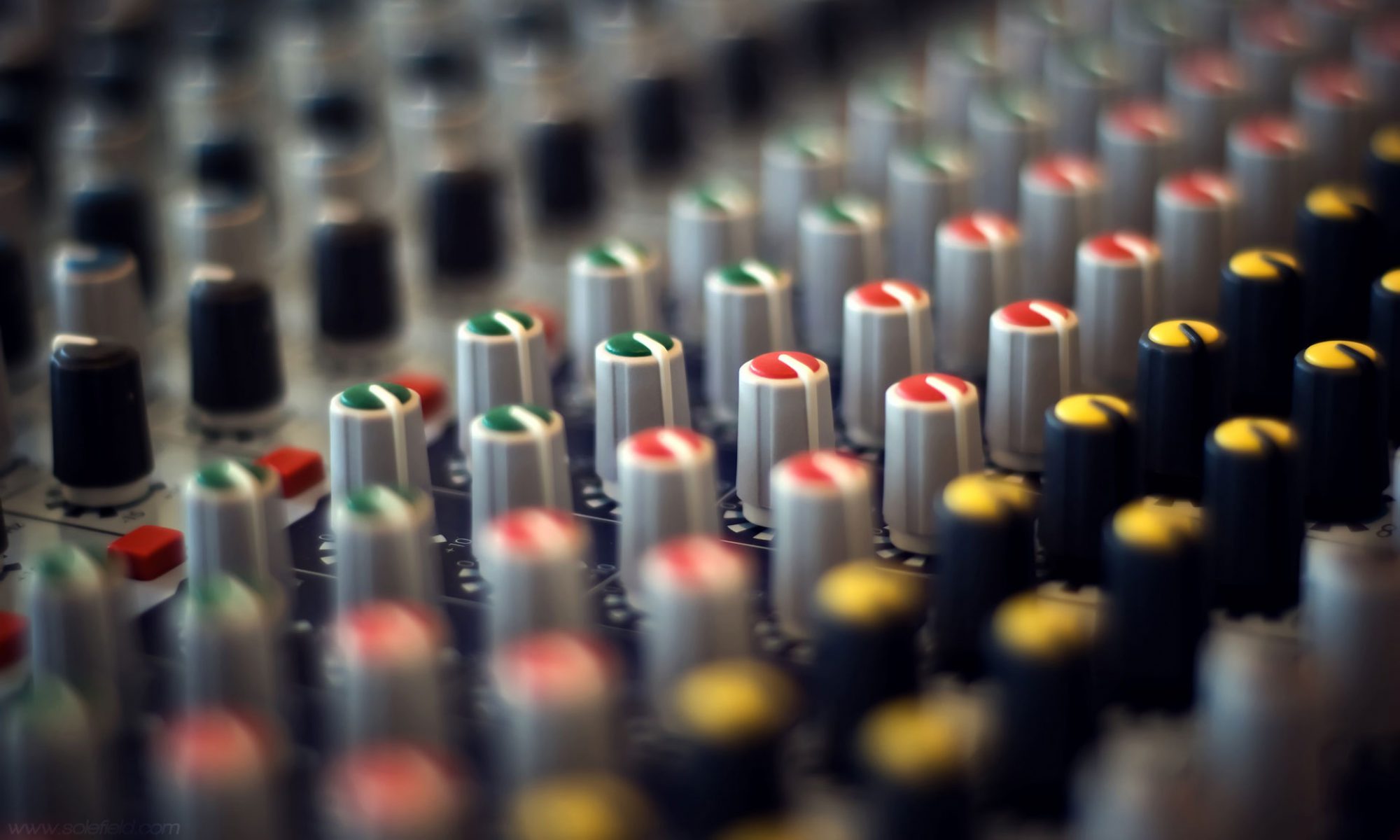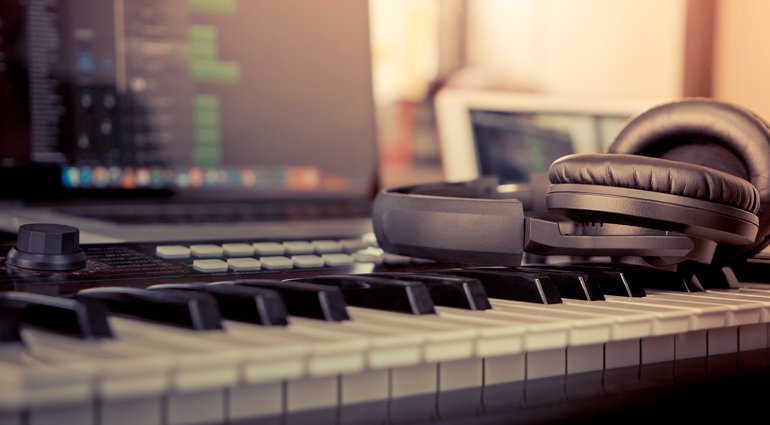Welcome back to this short series on mixing to your culture. Last week we briefly talked about what this means and how you can discover what the context of your mix is and what that means. If you missed that post, check out this link. This week we are going to discuss the indicators inside and outside your mix that can tell you whether or not you’re mixing to your culture. Through a short discussion of both sides of the coin I hope that as you think back on your mixes you can tell whether or not you were mixing in tandem with the band or fighting against it.
But before we get into what it looks like to be mixing with your culture, let’s talk about what happens when you don’t. For live sound it’s a pretty simple answer actually. You’ll start getting noise complaints, you’ll be dealing with unhappy musicians because they don’t hear from the house what they’d expect, and you’ll undoubtedly be always tweaking with the mix. You see if you’re sound is fighting the “intended” sound things likely won’t balance in your mix. You will be pushing something that the band isn’t really accenting. This imbalance that’s created will knock your mix out of whack in a way you can’t EQ out of or compress through. As a result, you’ll start getting complaints both from the audience and maybe even from the band.
In the studio world, mixing against culture will be similar but different. We all know that point when the mix locks in while you’re in the studio. You’ll fix that last thing and everything just falls into place but if you’re fighting the culture, your mix will probably never sound just right. When you’re listening back you’ll always want to be tweaking and changing something. A lot of the time you’ll get a band leader or songwriter who just isn’t really happy with the mix. They’ll say things like “well it’s close, but we aren’t quite there yet.” In either of these situations it’s important to connect the dots that perhaps you’re style of mixing that song isn’t quite jiving with culture or context of the song. As with all recovery steps, seeing where you are is always the first step in fixing the problem.
Inversely, if you’re mixing style is lining up with the culture of the band is exactly what you’d expect. In the live world, complaints are lessened and things just seem to blend effortlessly. You’ll also find that you likely need less tools to get your mix to the point where you want it to be. It’s almost like the band is mixing itself. In the studio, it seems like just turning things on is enough. The band hears it and loves it. Everything is just firing in all cylinders. While these aren’t an exhaustive or definitive list, noting these trends in our mixing (fighting it vs. finding it easy) can really help us fix issues in our mix and get to a better place each time we step behind the console.
So what things can we do after we realize we are missing the mark? The biggest thing I do is make sure my template isn’t starting me on the wrong foot. After you’ve gotten back to mixing in the culture, try to figure out what caused you to leave it in the first place and try to fix that. For me, a lot of times it’s basic EQ stuff or simple routing issues. Maybe we recently changed drum heads and I didn’t spend much time checking to make sure things were still cohesive with those new drum heads with EQ and dynamics. Making sure your snare sounds right with the style is incredibly important and the same is true with just about every input you’re working with (especially highly dynamic inputs like guitars). Sometimes it’s a mechanical issue where you have stuff already routed and perhaps stylistically it fit one show and not the next. Hearing that effect maybe inspired us differently than we needed. All that to say, if you can make a change mechanically to better neutralize your template, do it. Be sure that each time you load that template that it isn’t doing a lot of coloring right off the bat. Compressors should be dialed in for every show or session. EQ should be minimized and adjusted for each show. Doing this allows the music to inspire us, not the other way around.
Secondly, get into the music, if not physically, at least emotionally. As mixers it’s natural for us to stay incredibly focused and not allow ourselves to enjoy the music. Recently I’ve learned to turn that off. Enjoy the music when you can, especially early in the rehearsal process. Let those emotions inspire your choices and mix changes. Because emotions are often externally driven, letting them into the decision making process, if only just a little, when it comes to audio engineering allows you to be sure to be following the band. Obviously keep this in check at times, but letting your feelings drive your mix can bring an element of musicality to your mix, as if you’re playing an instrument with the band.
Lastly, and perhaps most importantly, if you don’t have access to a demo of the songs you’ll be mixing or another artist performing it, ask for some musical context from the band leader. Really take the time to think about what is unique about the music you’ll be mixing/recording. Perhaps this includes a short meeting with the band about what they want things to sound like. Really try not to walk into a session or a show having not done any prep for your mix. Know what sounds you need to be reproducing and what sounds should be minimized or cut out completely. Be prepared with the knowledge of where the tracks should be in the mix. Know what kind of vocals the band wants and how to layer in the guitars with the chorus portions. Do your homework so that when you get behind the console, you aren’t just making it up, you’re executing what you’ve researched and laying good groundwork so that your mix can compliment the band’s intent
Well that’s it for this week. I hope this series hasn’t been fluff for you. We all have tweaked mixes from time to time or just an off day. What I hope you learned is what I learned not long ago, some of those “off” days weren’t off days at all, I was just fighting the intent of the music. Next week I’ll get a bit more in depth on what it really means, nuts-n-bolts wise, about what it means to mix to your culture. If you want to be sure not to miss out on that post be sure to subscribe at this link. If you have any questions or thoughts be sure to email me at daniel@studiostagelive.com or leave a comment on facebook or down below. See you next week!



